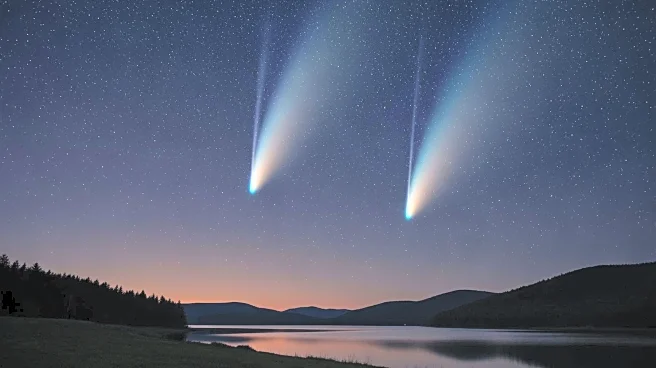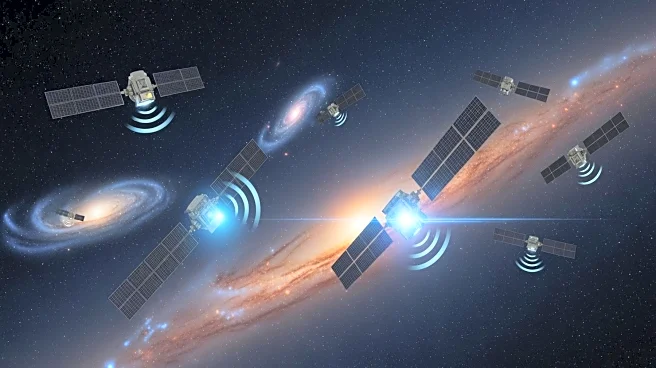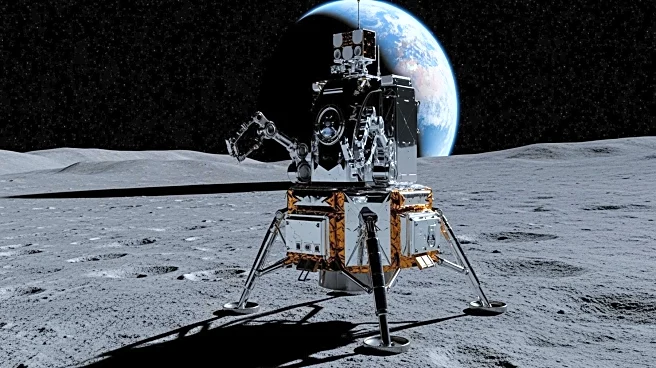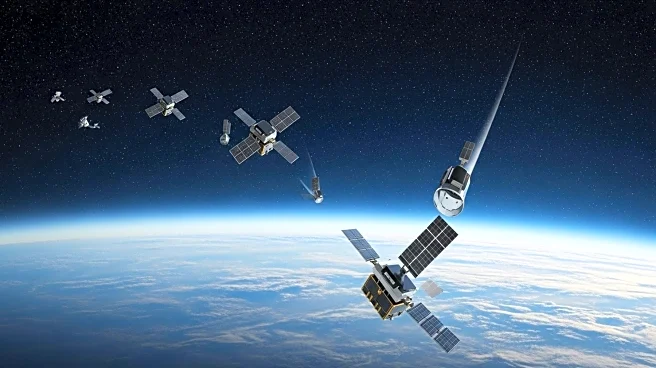What's Happening?
The Hubble Space Telescope, despite its significant contributions to astronomical research, faces limited availability of observing time due to high demand from global science teams. This has led to the
development of the Mauve telescope by Blue Skies Space, a private initiative aimed at observing stellar flares and identifying stars with potential habitable exoplanets. The Mauve telescope, equipped with an ultraviolet spectrometer, is set to launch on SpaceX's Transporter-15 mission in November 2025. This initiative seeks to provide a cost-effective alternative to large space telescopes, offering data to scientists through a subscription model.
Why It's Important?
The introduction of private space telescopes like Mauve represents a shift in astronomical research, potentially democratizing access to space data. This could accelerate discoveries in exoplanet research and reduce dependency on government-funded telescopes. The initiative also highlights the growing interest in commercial space ventures and their role in scientific advancements. By providing more accessible data, private telescopes could foster innovation and collaboration across the scientific community, potentially leading to breakthroughs in understanding stellar behaviors and the conditions for life beyond Earth.
What's Next?
As the Mauve telescope prepares for its launch, its success could pave the way for more private space telescopes, expanding the scope of astronomical research. If successful, Blue Skies Space plans to expand its fleet, potentially launching more advanced telescopes like Mauve+. This could lead to increased competition in the space observation market, driving down costs and increasing data availability. The scientific community will likely monitor Mauve's performance closely, assessing its impact on research and its potential to complement existing space telescopes.











